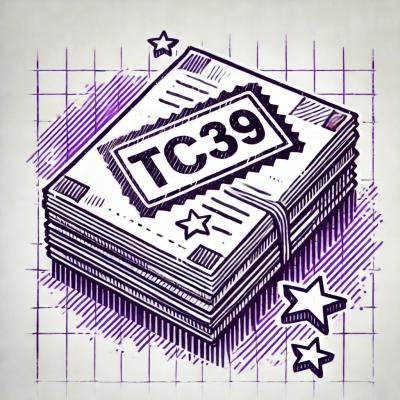Orion
Our core API service. This webserver will provide the main API to allow web clients to interact with our MySQL database. This is where users, programs, classes, announcements are created and persisted into the database.
Install Golang
Make sure that Golang is installed before proceeding. Please follow the instructions to download and install Go onto your machine.
Once finished, in your Terminal / DOS, run:
go version
This will print out the OS and library version of your Golang.
How to run the Orion webserver
docker-compose build orion
docker-compose start orion
View your DockerDesktop to check if the orion service is running and healthy. When you are finished, use docker-compose stop orion to stop all services.
If you are not using Docker, use go run main.go to continually run the Orion webserver. Use CTRL+C to stop the webserver.
Running Tests
To run all tests for the back-end web server, run:
go test ./...
You should see oks and no failures.
- To run tests with more details, use the
-v verbose option.
- Golang automatically "caches" your tests. To run tests without caching, use the option
-count=1
- To run a specific test, use the file path instead of
./..., which recursively runs all tests found in all subfolders.
Examples:
go test -v ./...
go test -v -count=1 ./...
go test -v -count=1 ./src/repos/program_repos_test.go
Formatting your code
go fmt ./...
Navigating the codebase
There are 3 architecture "layers" to Orion.
-
Domains - simple objects that represent an entity (i.e. a Program, a Class, a User, etc.)
- Domains are very simple and don't have much logic to them.
- All domains do are describe attributes of an entity.
-
Controllers - objects that handle network stuff (JSON, HTTP Request & Responses, Serializing & Deserializing, etc.)
- The controller layer is built on top of
gin - a golang http framework.
- Here, we define all the endpoints that allow a web-client to interact with our web-server.
-
Repos - objects that handle database stuff (MySQL connections, Database queries, reads & writes, etc.)
- For testing, database queries are checked via Datadog's SQL query validation.
- Database migrations can be found in the
repos/migrations folder.
Domains and Repos
The entities are usually each represented by a single domain and an associated repo. Anytime you need to store or retrieve a program, you should use the programRepo. Take a look at this image to see a generic overview of how domains (represented by database tables) are related. Repos are the objects that handle read & write queries to these database tables. Note that there are more domains & relationships that are not included in this diagram for simplicity sake.


Controllers
We define all HTTP endpoints here to give web-clients the ability to interact with the orion web-server. HTTP requests must specify the correct destination (which must match the web-server endpoint) in order to receive valid data in a HTTP response.
For example, the programController can specify a "Create program" endpoint and a "Get all programs" endpoint. The "create program" endpoint requires a POST HTTP request to /api/programs/create while the "get all programs" endpoint requires a GET HTTP request to /api/programs. If you send correct data to the create endpoint (the full http request endpoint will look like: http://localhost:8001/api/programs/create), you can receive a 200 status code as the response, which means success. If you want the data for all programs, you can send a request to the "get all" endpoint and receive a 200 status code and a list of all programs in JSON format.
Developing in Orion
When developing, I highly suggest following this 3 step process (I recommend each of these be a single git commit):
-
Changing the Domains & Database layer
- Start in the
domains package. Define the new entity or change to an existing entity there.
- Add a database migration in
repos/migrations directory. Make sure to create both a xxxxx.up.sql file and a xxxxx.down.sql file. Migration files are used to update databases from one version to another (i.e. from version 10 to the most recent version). Make sure that the up.sql file and the down.sql file are "opposite" operations.
- Add/Edit the database access functions in the
repos directory. Change a _repo file and test your changes with the matching _repo_test file.
-
Changing the Controller layer
- Add/Edit the controller function in the
controllers. Make sure to also include _controller_test in your change.
- To connect your controller to an endpoint, look inside the
router/handler.go file. This is where all the server endpoints are dictated.
-
Testing the full interaction using integration tests
- Add a few tests in the appropriate file under
tests_integration.
Note with testing Both Controllers and Repos are often declared as interfaces. The reasoning is to promote mock unit testing. Essentially, there are usually two implementations of every Controller and Repo. One implementation is for the business logic (works as you would expect), the other implementation is done by test classes which help simplify unit testing. This is called mocking.





